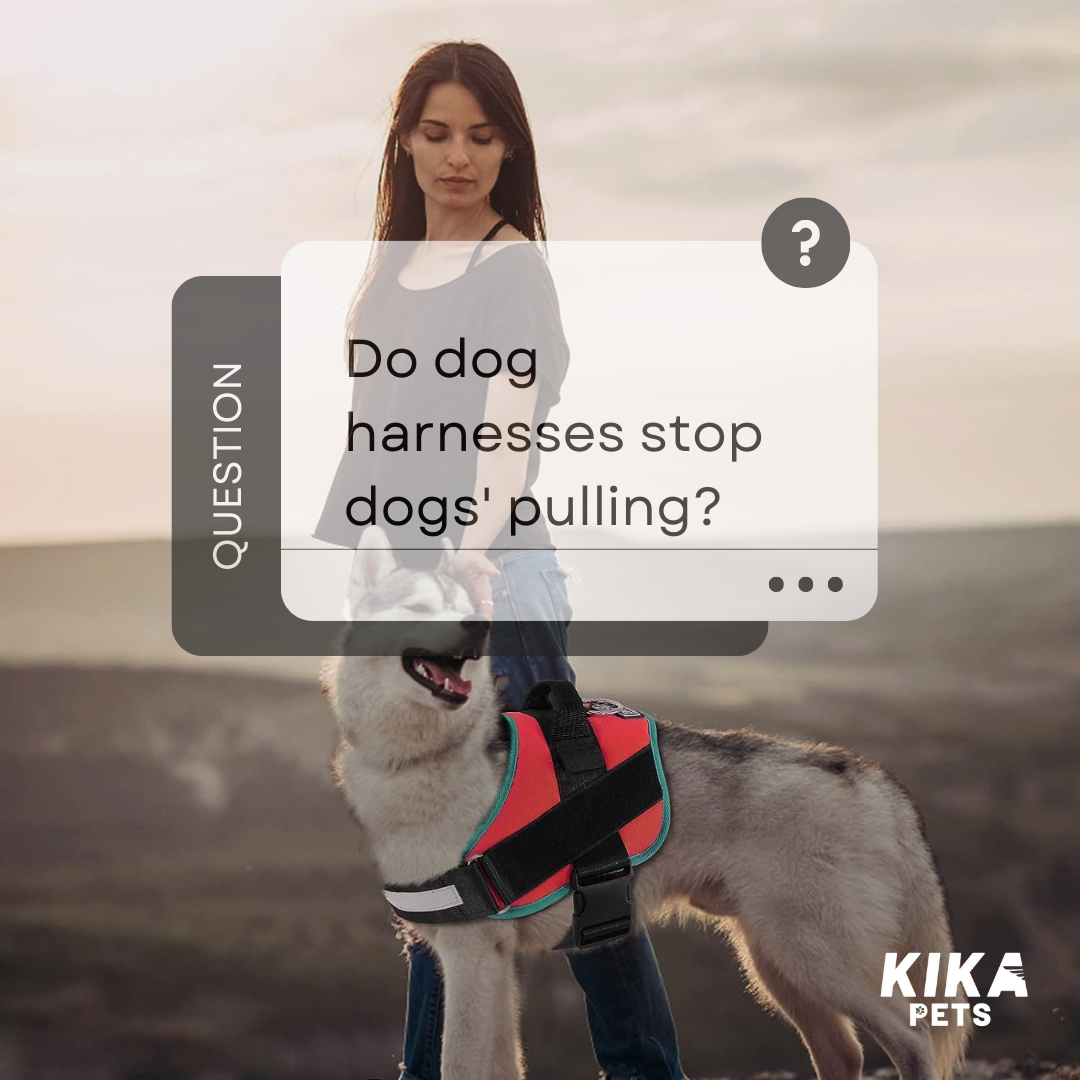Demystifying Dog Harnesses: Can They Really Stop Dogs from Pulling?
Introduction: Walking your dog should be an enjoyable experience, but the challenge of a pulling dog can turn a leisurely stroll into a tug of war. If you've heard about the effectiveness of dog harnesses in curbing pulling behavior, you're not alone. In this article, we'll delve into the question: Do dog harnesses truly stop dogs from pulling? Let's explore the science behind these accessories and understand how they can transform your walks into more pleasant outings.
1. The Pulling Challenge: Before delving into solutions, let's understand why dogs pull. Dogs naturally lead with their noses and are drawn to exciting scents and stimuli. This tendency often leads to pulling behavior, which can be frustrating for both you and your dog.
2. The Role of Dog Harnesses: While no single solution guarantees an instant end to pulling behavior, dog harnesses can play a significant role in training your dog to walk calmly beside you. Harnesses designed specifically to discourage pulling can be particularly effective.
3. Front-Clip Harnesses: Front-clip harnesses have gained popularity for their ability to discourage pulling. These harnesses feature an attachment point at the dog's chest, redirecting their forward momentum towards you when they pull. This mechanism encourages dogs to turn back to you and reduces their ability to forge ahead.
4. Training and Consistency: Using a front-clip harness is just one part of the equation. Training and consistency are key components in teaching your dog proper walking behavior. Reinforce positive behavior by rewarding your dog when they walk alongside you without pulling.
5. Transition Period: It's important to note that transitioning from a traditional collar or back-clip harness to a front-clip harness may require an adjustment period for both you and your dog. Training, patience, and positive reinforcement will help your dog understand the new dynamics of walking.
6. Benefits Beyond Pulling: Dog harnesses offer benefits beyond curbing pulling behavior. They distribute pressure more evenly, reduce the risk of injury, and provide better control, making walks safer and more enjoyable overall.
7. Harness Selection: When choosing a harness to address pulling behavior, opt for one designed specifically for that purpose. Consult with pet professionals or experienced dog trainers for recommendations based on your dog's size, breed, and pulling habits.
8. A Holistic Approach: While dog harnesses are a valuable tool, a holistic approach to training and walking is essential. Combining positive reinforcement, consistency, proper training techniques, and a suitable harness creates a winning formula for curbing pulling behavior.
Conclusion: Dog harnesses, particularly front-clip harnesses, offer an effective strategy to reduce pulling behavior during walks. However, it's important to remember that success lies in a combination of the right tools, proper training, and patience. By adopting a holistic approach and selecting the appropriate harness, you can transform your dog's walks into pleasant and enjoyable experiences for both of you. Explore our range of harnesses designed to address pulling and embark on a journey to better walks with your furry friend.

